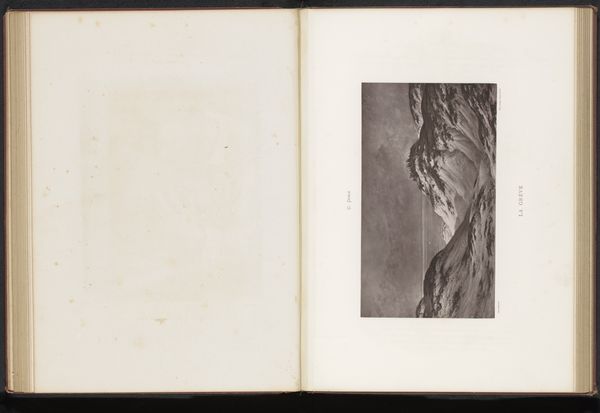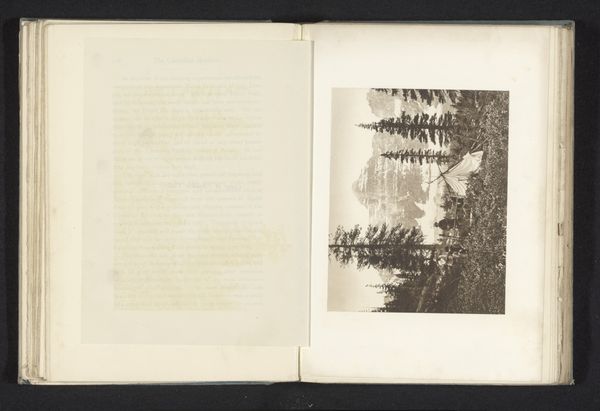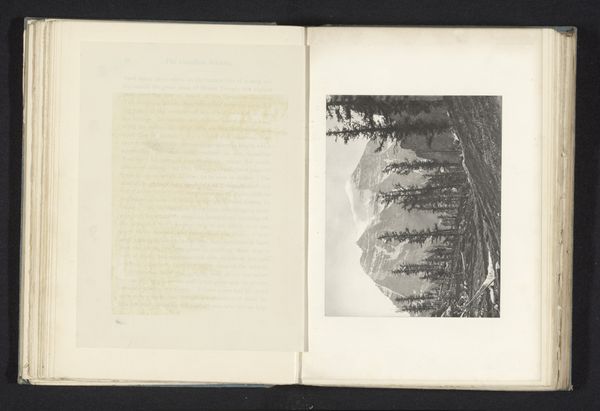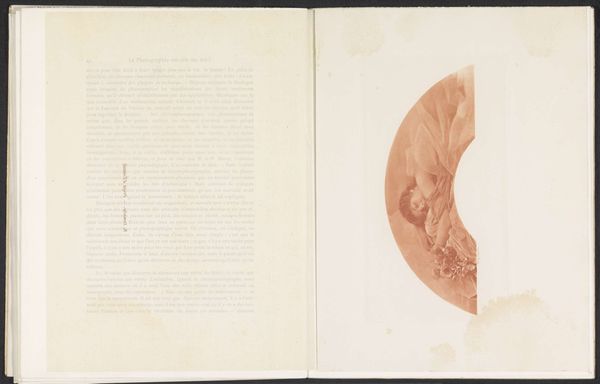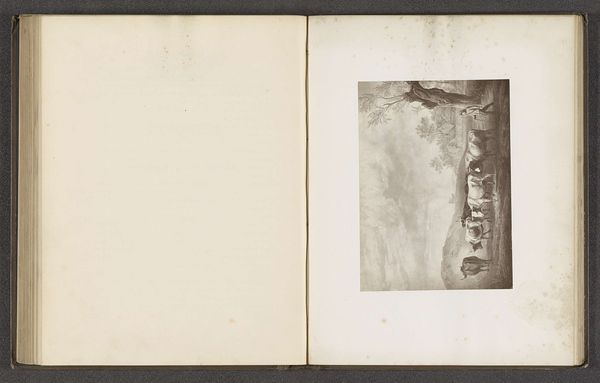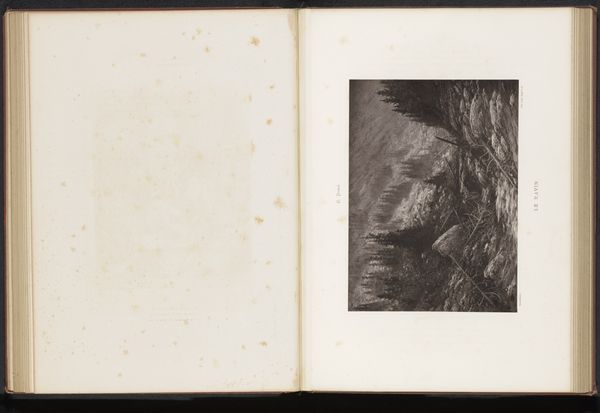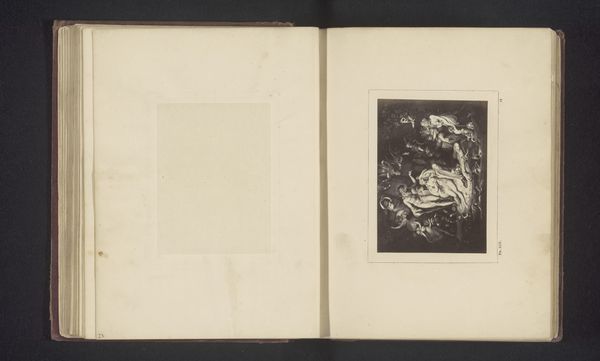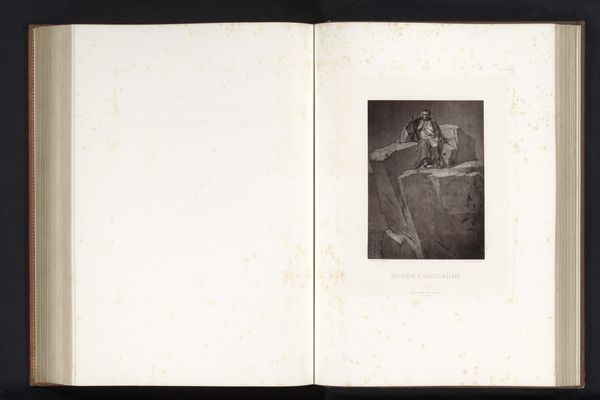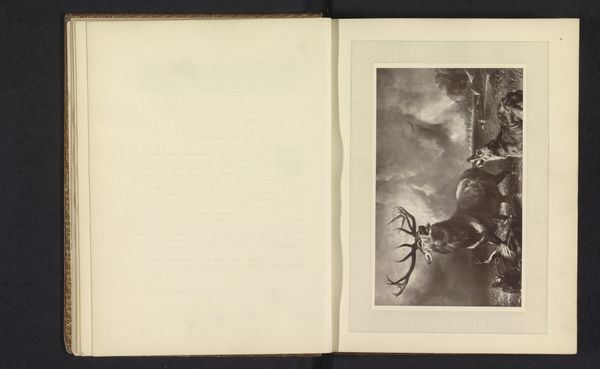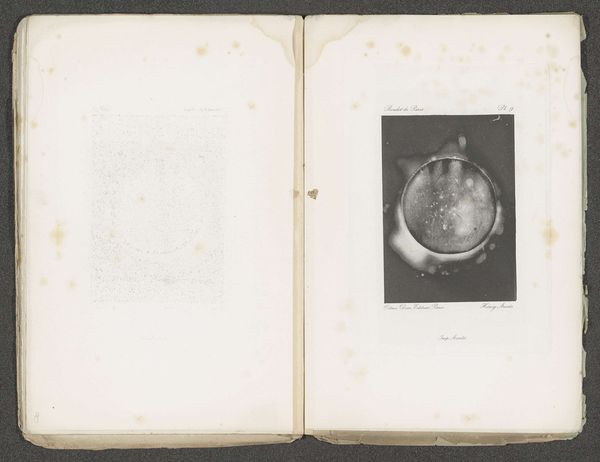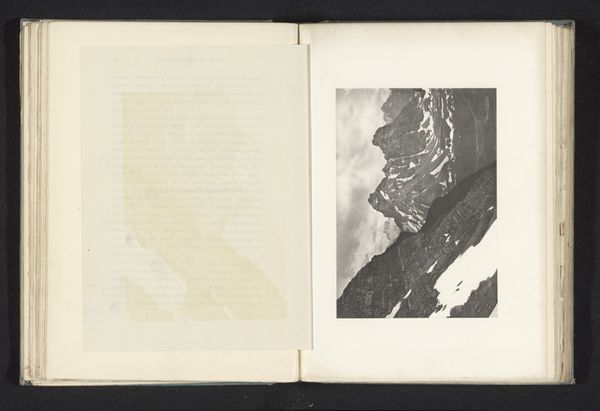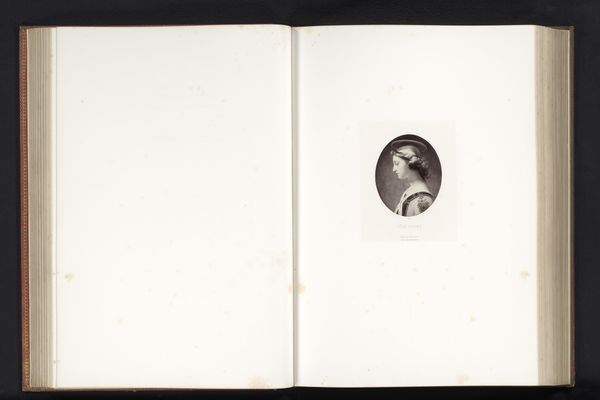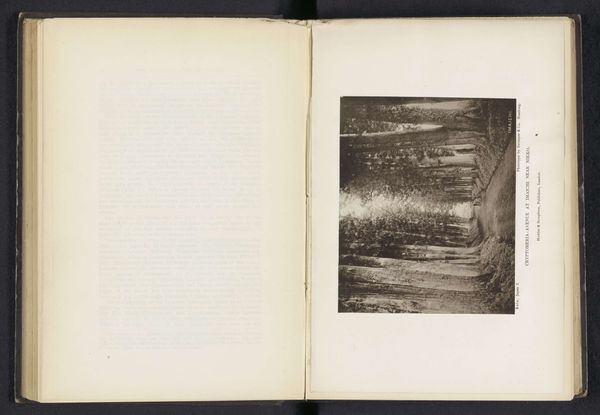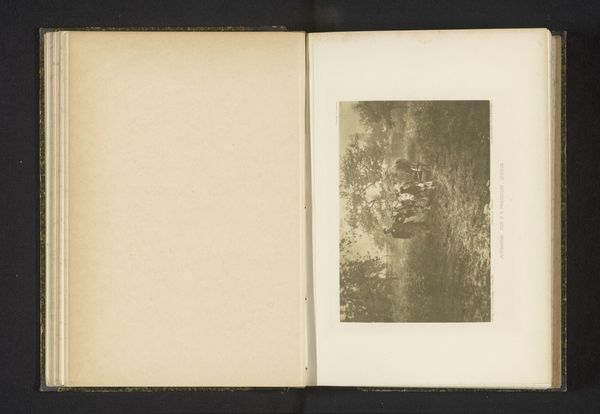
Aspect of an eclipse of the Sun by the Earth, as it would appear as seen from the Moon before 1873
0:00
0:00
drawing, coloured-pencil, print
#
drawing
#
coloured-pencil
# print
#
landscape
#
coloured pencil
Dimensions: height 154 mm, width 216 mm
Copyright: Rijks Museum: Open Domain
Editor: This is "Aspect of an Eclipse of the Sun by the Earth, as it would appear as seen from the Moon" by James Nasmyth, dating from before 1873. It’s a drawing, probably made with colored pencils and reproduced as a print. It's striking how alien the landscape looks, even though it depicts our own Earth. What do you see in this piece? Curator: What I find compelling here is how Nasmyth uses this imagined lunar perspective to offer a commentary on earthly concerns. Consider the context: the late 19th century, rife with anxieties about industrialization and humanity's place in the natural order. Editor: So, this isn’t just a neutral depiction of space? Curator: Not at all. Think about it. The stark, almost desolate moonscape juxtaposed with the eclipse – a disruption of natural light – can be read as a visual metaphor for the disruptive forces of industry and societal change on Earth. And even how the industrial revolution impacted different populations! How might the depiction be influenced by labor and resources extraction from colonised countries? Editor: That makes so much sense! I was so caught up in the science aspect, I totally missed the social commentary. The eclipse could symbolize those disruptions. Curator: Precisely! Art often holds a mirror to society, reflecting its hopes, fears, and contradictions. Nasmyth's lunar landscape invites us to critically examine our own world from a detached, almost alien perspective, prompting us to consider our impact and responsibilities. Editor: I hadn't considered the gaze itself, the position from which we’re meant to view the Earth, and how loaded that could be. Thank you, this was illuminating.
Comments
No comments
Be the first to comment and join the conversation on the ultimate creative platform.
